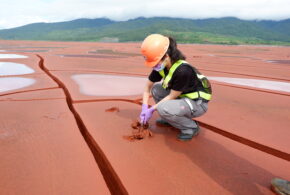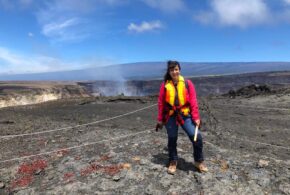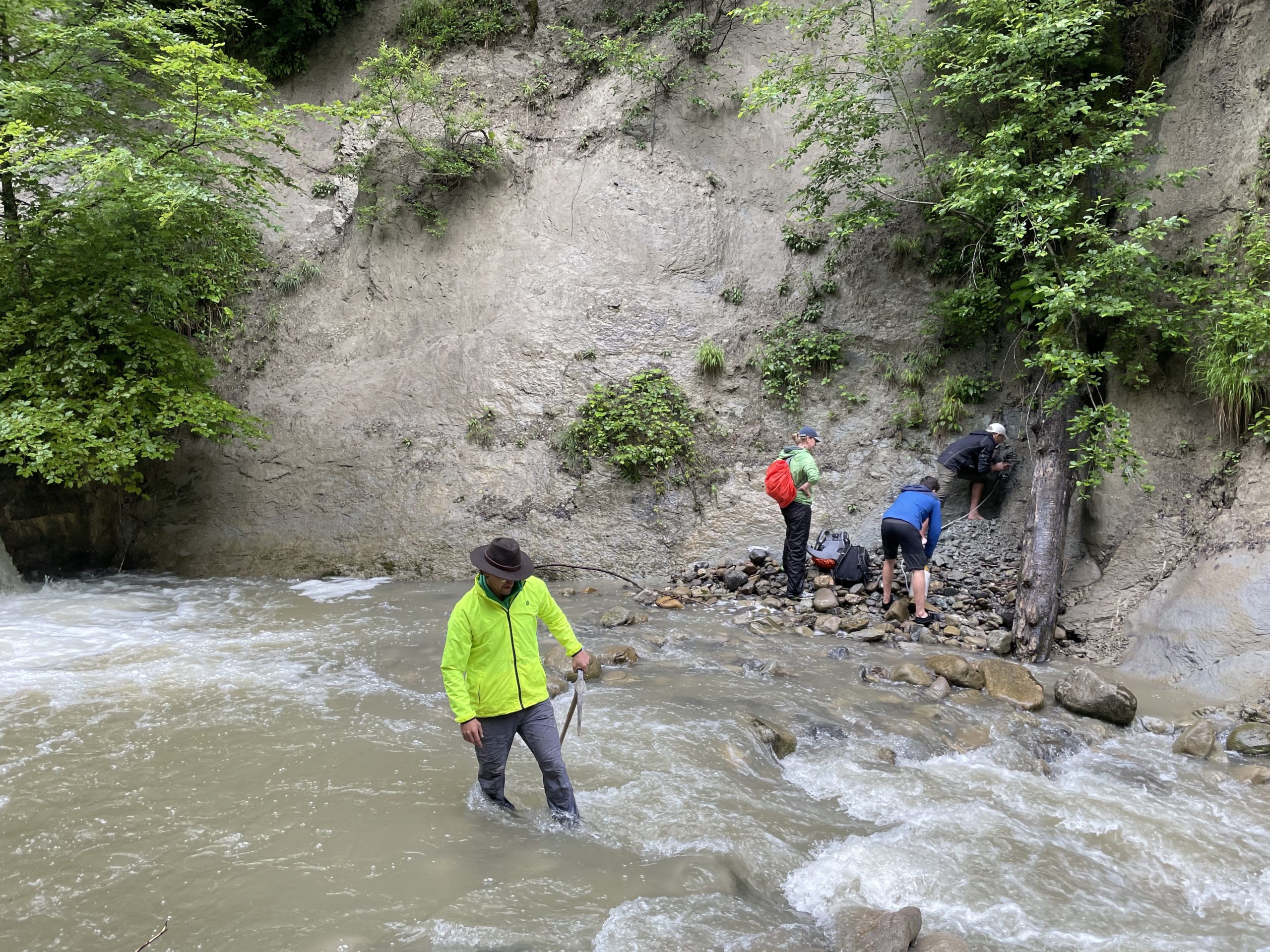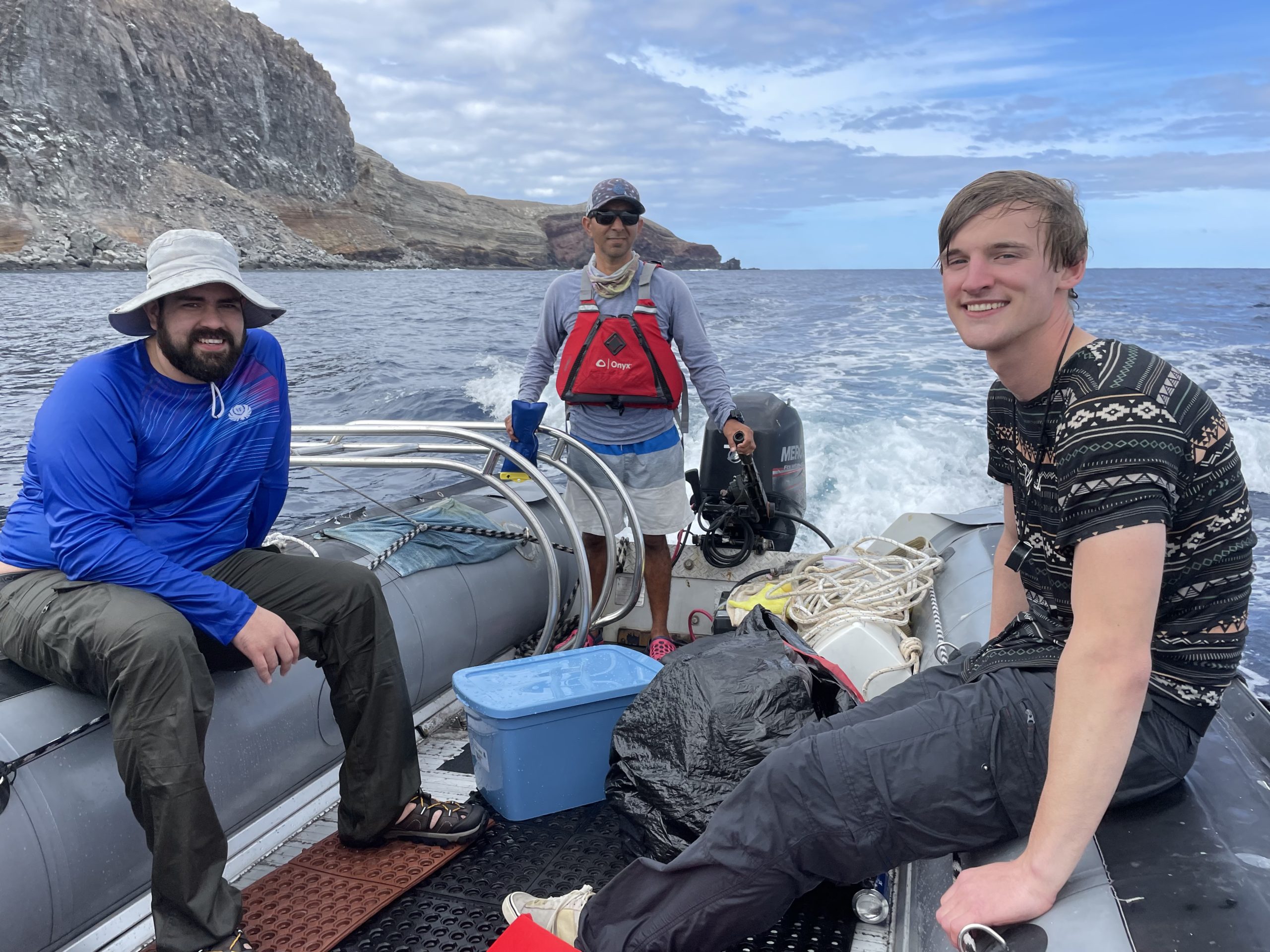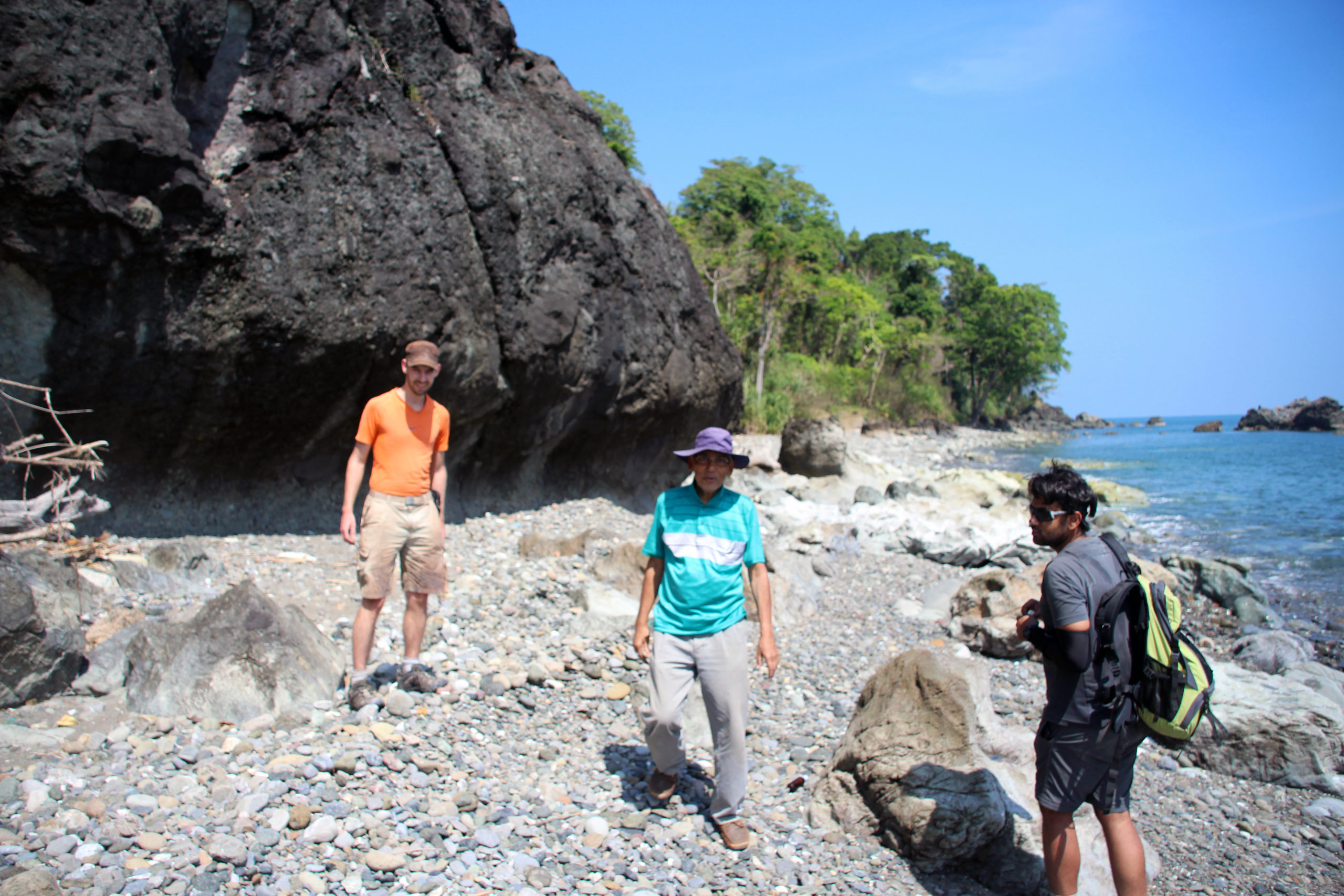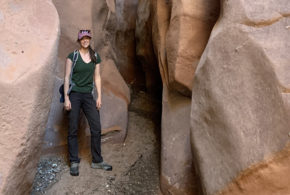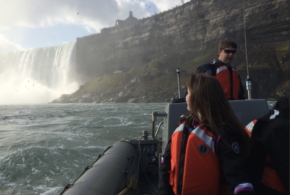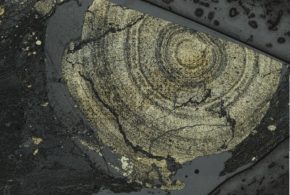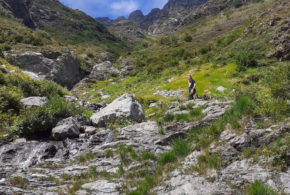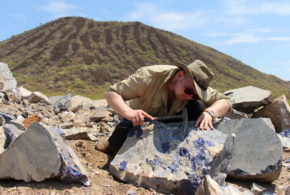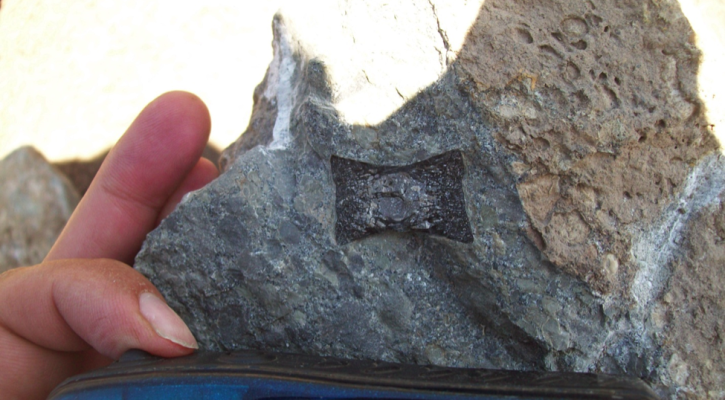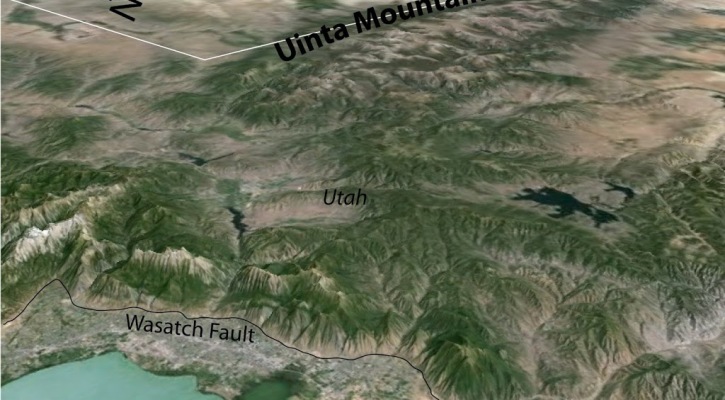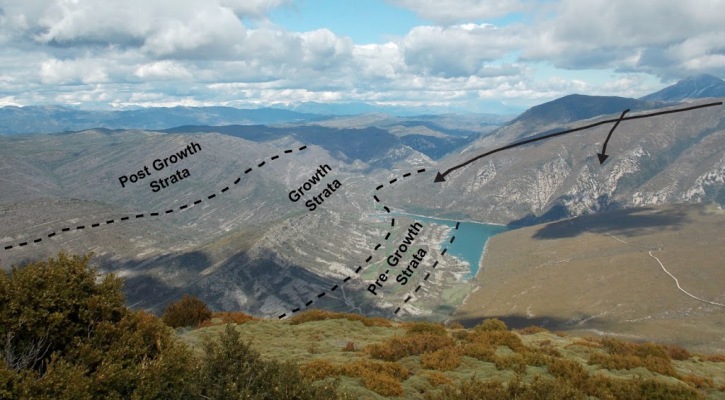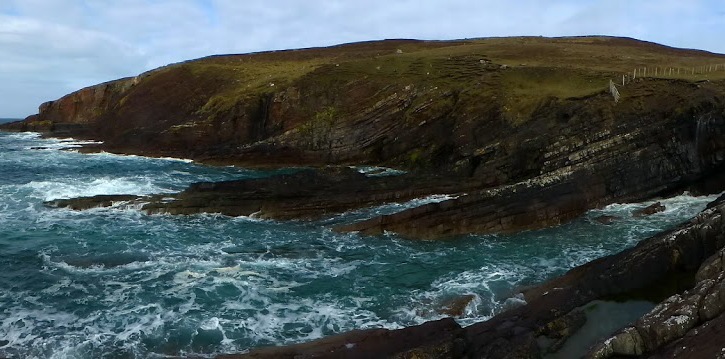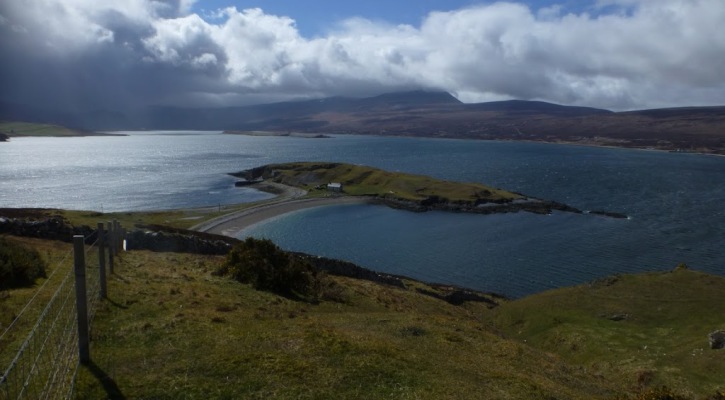The Gem State has more than gems (and potatoes). For the paleontologically inclined, Idaho also has an appreciable fossil record. Fossils range from the Precambrian to the Pleistocene, with fossils from all geological periods being reported. The only identifiable skeletal remains of dinosaurs known from Idaho are from the middle Cretaceous (latest Albian-Cenomanian stages, roughly […]
Uinta Mountains
The Uinta Mountains are a large east-west trending mountain range (on of the few in North and South America). It is made of a 4-km thick Neoproterozoic siciliclastic succession. These strikingly monotonous sediments are hypothesized to record the development of a large E-W trending intracratonic basin during the early stages of the breakup of Rodinia. […]
External Spanish Pyrenees – Kellen Gunderson
The external Spanish Pyrenees are classic locale for geologists who want to study the interactions between sedimentation and tectonics. The Pyrenees are a fold and thrust belt resulting from the collision of Iberia and Europe. Most of the deformation of the external Pyrenees occurred during the Eocene (56-34 Million years ago). The external Pyrenees are […]
Meteorite impact and PGEs in Scotland
The northwest coast of Scotland is an incredibly geologically diverse stretch of coastline. In less than 150 kilometers the rocks span over 2.8 billion years of Earth history, from the Archaean Lewisian gneiss to the Tertiary volcanic province on Skye with little missing in between. Such a wide temporal spread means that any particular age […]
The Moine Thrust
In the world of geology, many firsts took place in Scotland. Scotland was the place where deep time was first demonstrated by James Hutton at Siccar Point (discussed here). It as also the birthplace of thrust tectonics. However, these tremendous discoveries were not without controversy. Loch Eriboll A prominent feature in the highlands is […]

